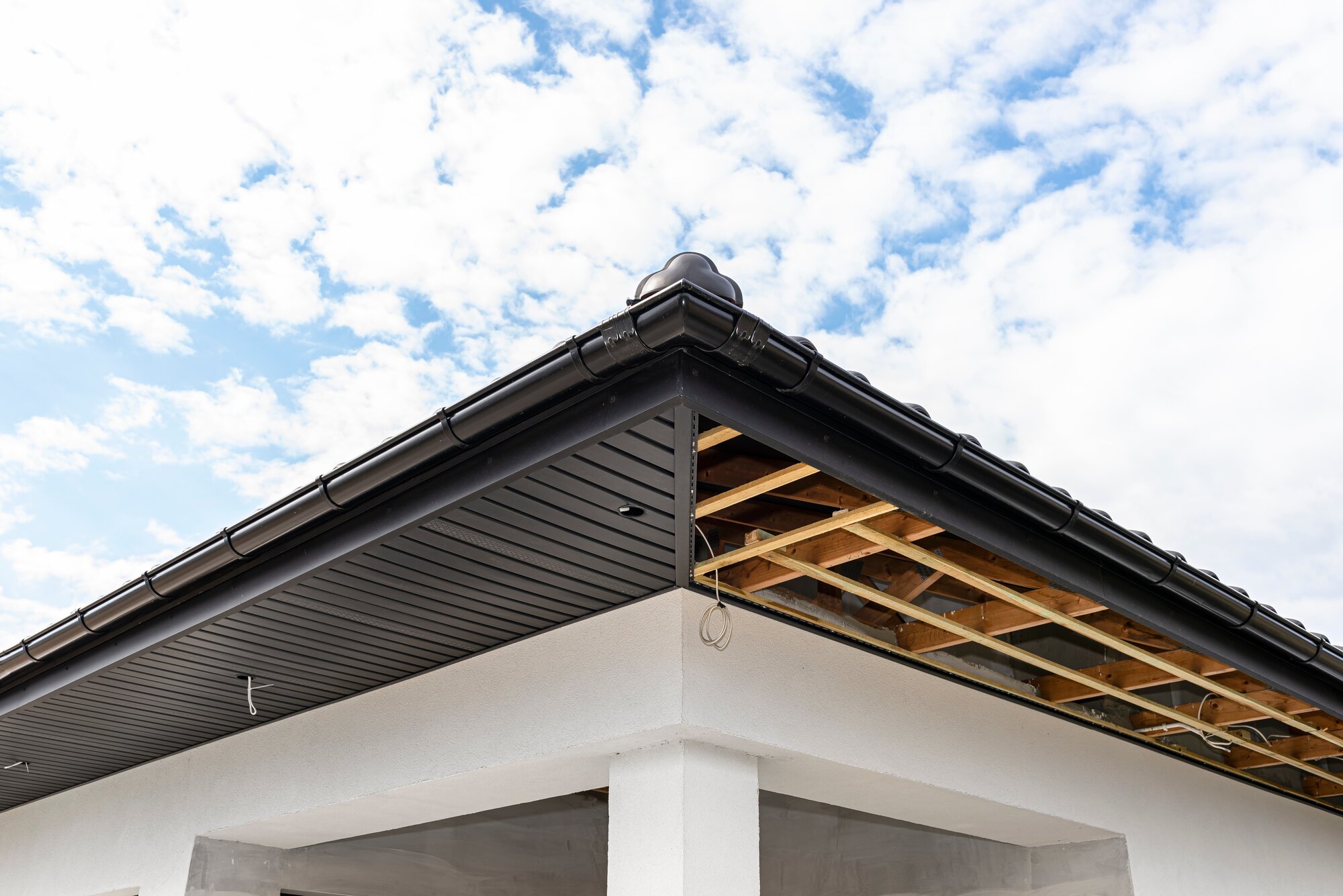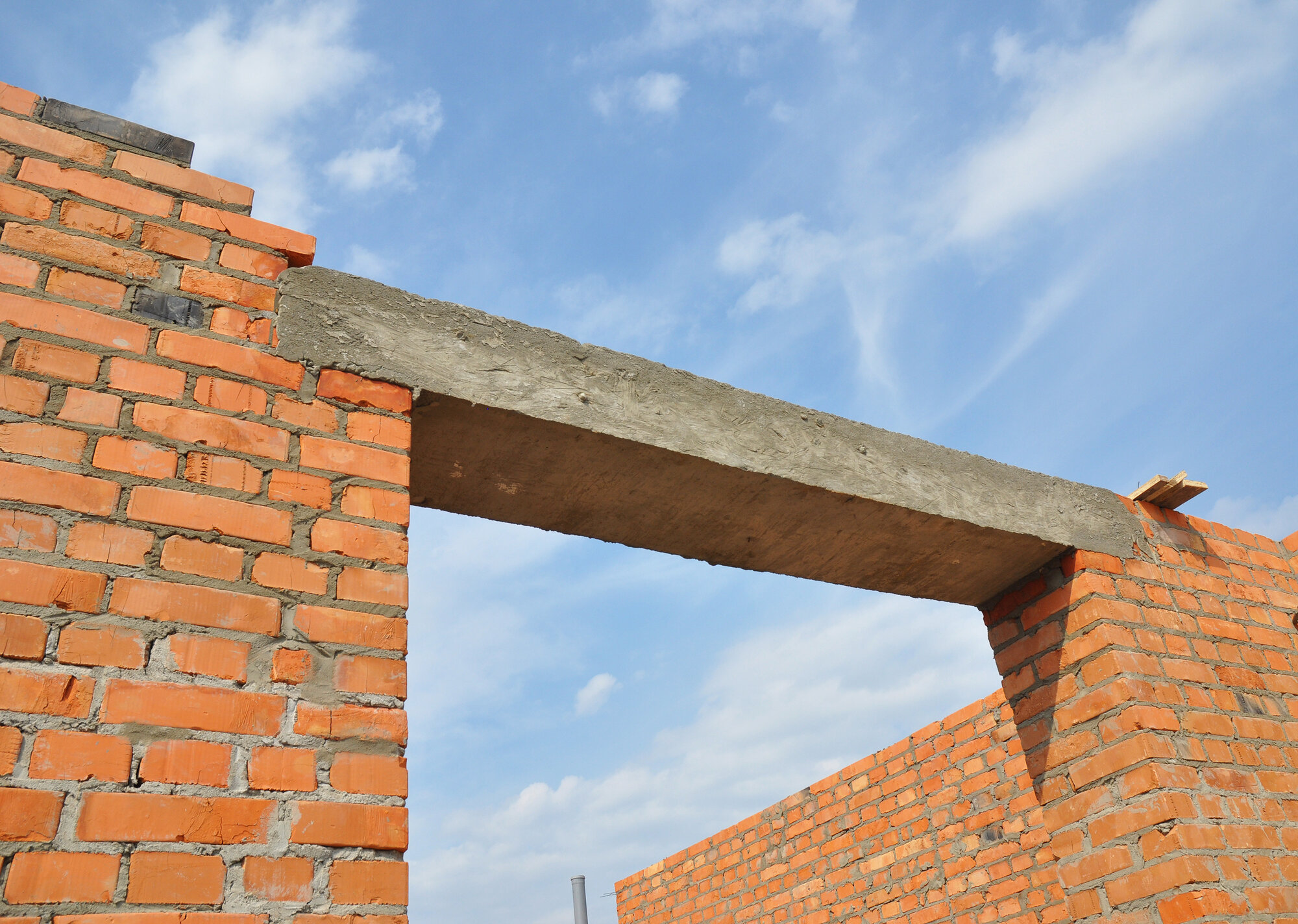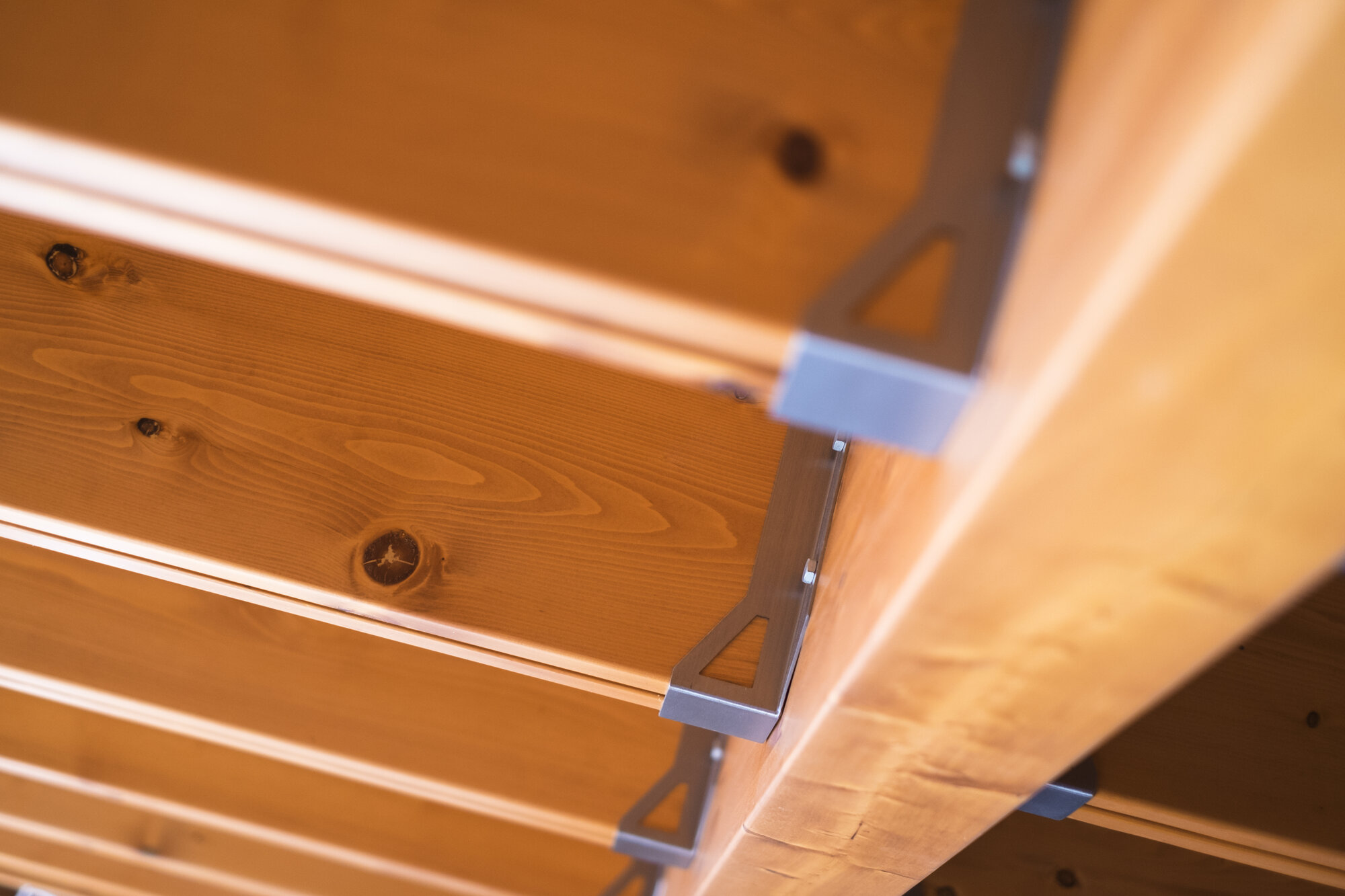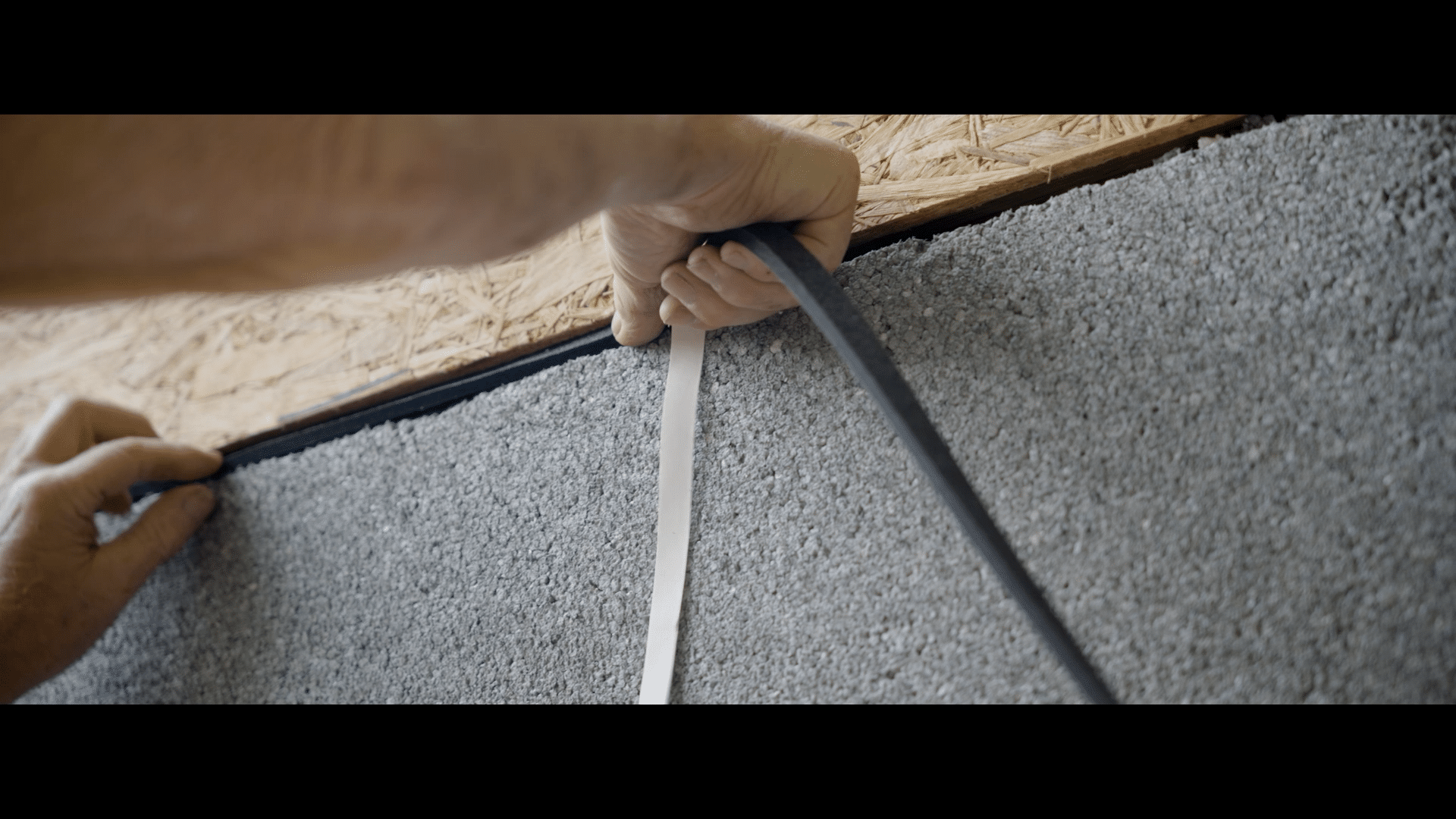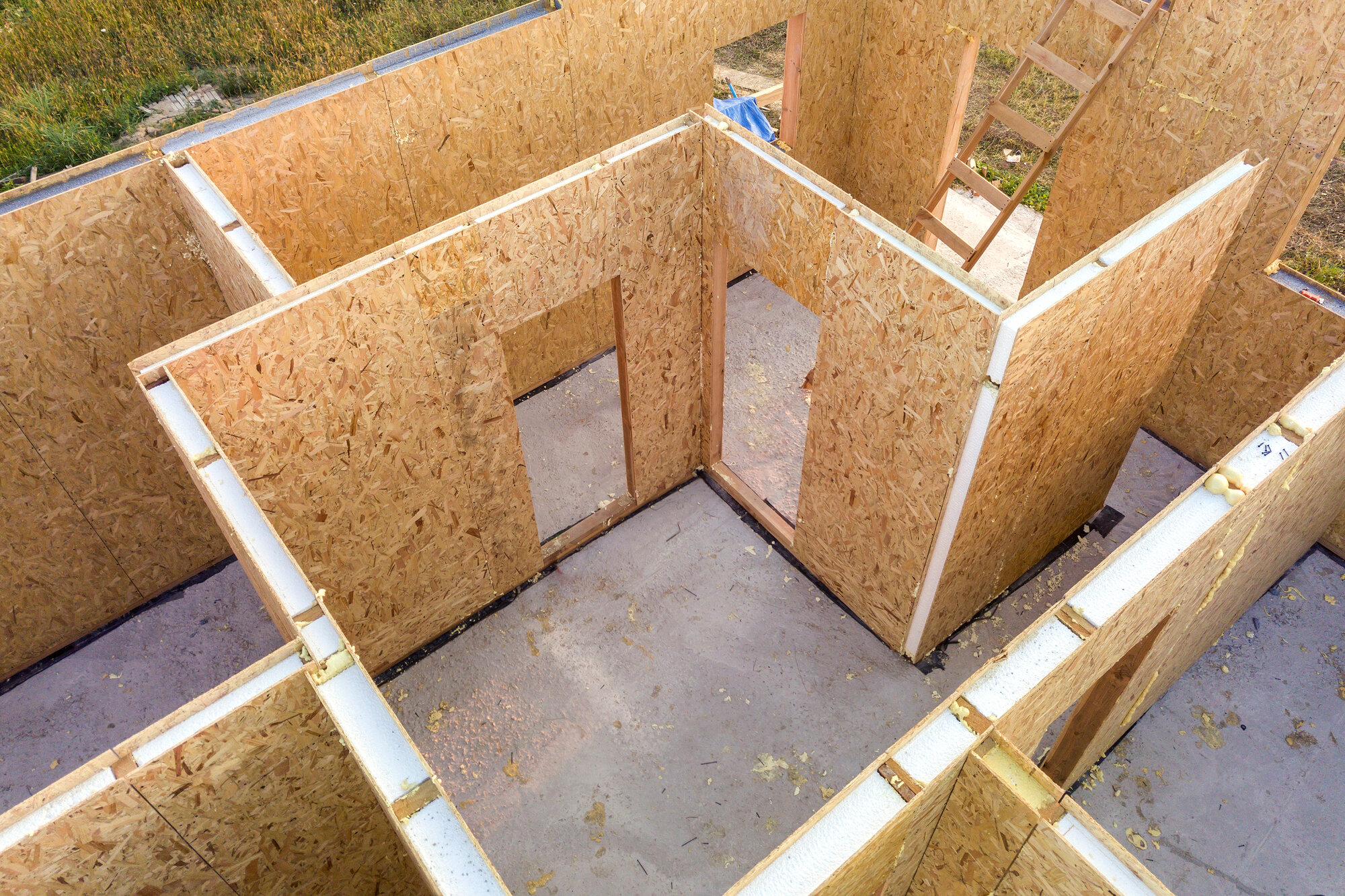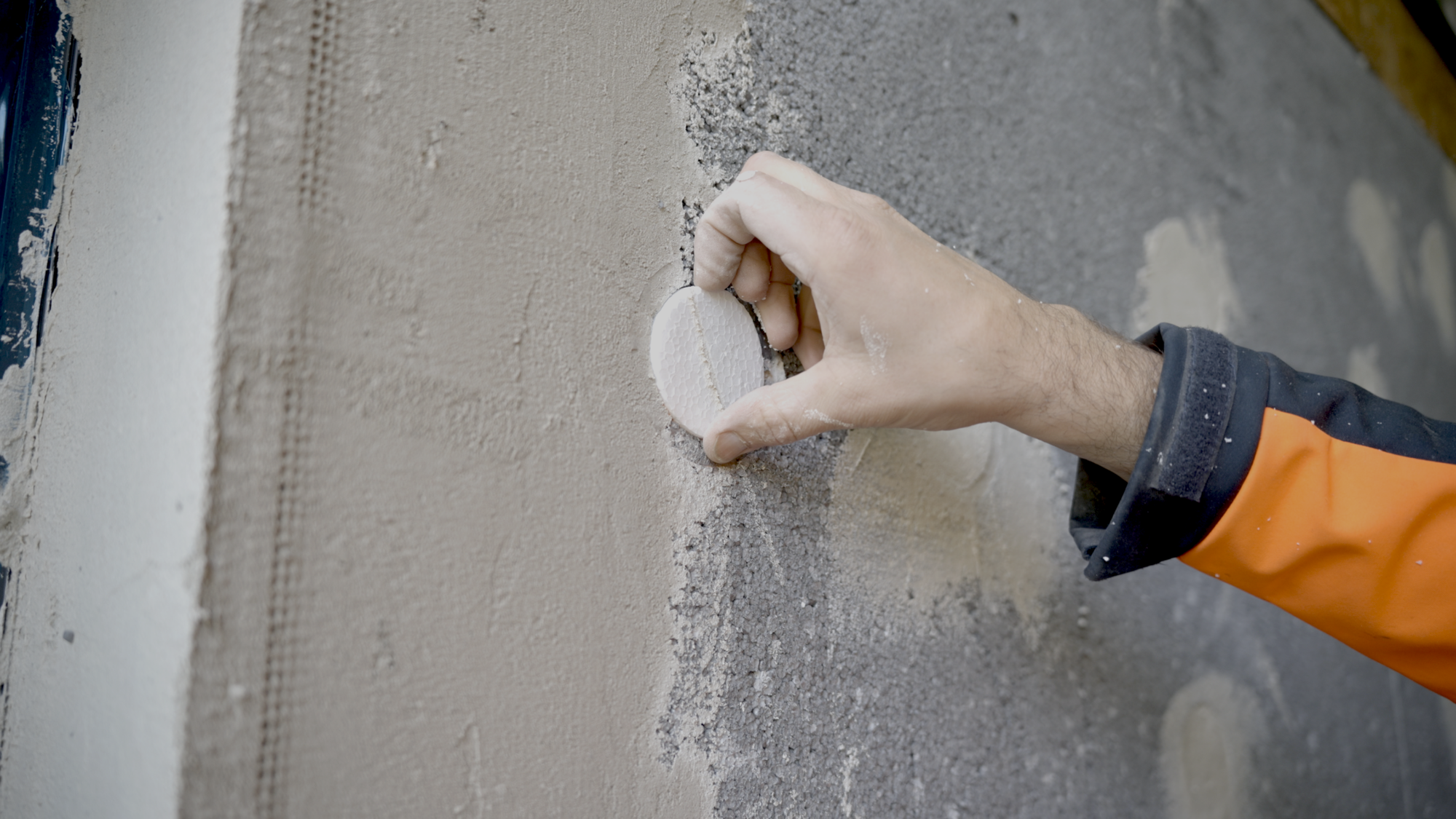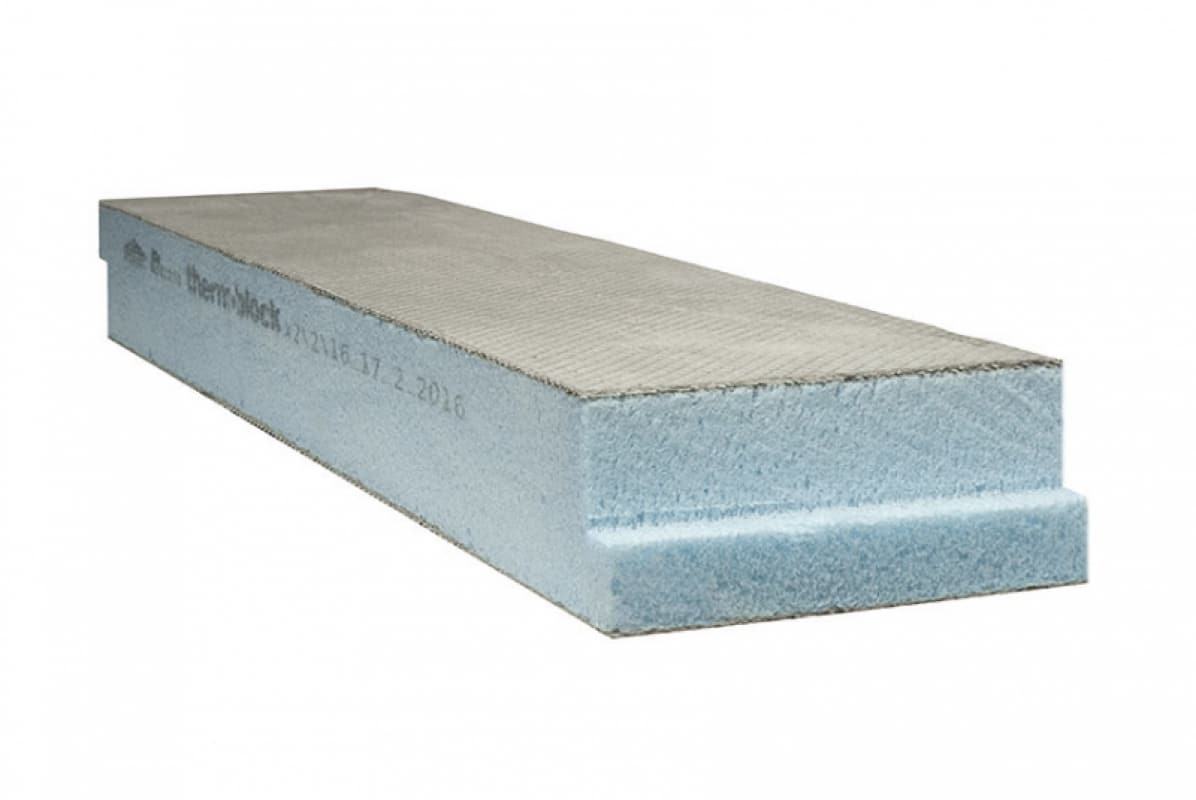
Table of contents
Cold bridging is often also referred to as thermal bridging. They are interchangeable terms, all denoting the same phenomenon. Simply put, cold bridges are areas of the thermal envelope that are less insulated. Therefore act as passages or bridges for heat. Eliminating these areas is crucial to any insulation project.
Heat will inevitably seek out the path of least resistance. Any gaps in the insulation assembly leave 'heat highways', wherein the heat moves more freely from warm to cold areas. These partially insulated areas will be responsible for up to 35% of heat loss. Therefore, they compromise the overall effectiveness of the thermal envelope. 'Heat highways' will also lead to potential issues with condensation, which can result in mould growth.
What are the types of thermal bridges?
Cold/thermal bridges are classified into 3 types, which are split further into sub-categories; geometric, construction, and combined thermal bridges.
Geometric thermal bridges
These refer directly to the geometry of the thermal envelope causing increased heat loss in specific locations. They are not literal bridges as they occur even when the insulation integrity and continuity are maintained. A geometric thermal bridge is an area where the external heat loss area is greater than the corresponding internal area of the envelope. Whilst unavoidable, the risk increases with building complexity as the areas form on outer wall corners, eaves junctions, ground floor and external wall junctions, and around window and door openings. There is one sub-category for this section:
- Non-repeating thermal bridges - a one-off thermal bridge in the construction, like a structural column in an insulated wall
Construction thermal bridges
Construction thermal bridges are very simple to identify as they include a physical material, gap, or component that passes through the insulation. The material conducts heat better than the insulation around it, therefore forming a cold bridge to transfer heat from the inside to the outside. Once again, thermal bridges are almost impossible to avoid as they form structurally integral parts of the assembly. However, considerate design can minimise heat loss, which is particularly crucial for Passivhaus buildings. The heat loss must be part of the calculation for any SAP or Passivhaus certification.
Some easily identifiable examples of construction thermal bridges include:
- Rafters that pass through the thermal envelope to support the eaves
- Timber studs or joists within the insulation zone
- Cantilevered structure passing through the thermal envelope
- Lintels that interrupt cavity insulation
- Gaps left between the insulation boards (we recommend filling these in with off cuts of insulation or expanding foam tape)
The category includes 3 subtypes of thermal bridges:
- A linear thermal bridge where there is a thermal bridge of a specific length, like a lintel.
- A point thermal bridge is where there is a cold bridge at a specific point like masonry wall ties in a cavity wall construction. These can interrupt cavity wall insulation.
- A repeating thermal bridge is where there is a cold bridge that repeats at regular intervals within an envelope. For example, this can include timber studs in an insulated wall.
Combined thermal bridges
Geometric cold bridges will often include an element of cold bridging related to construction. For example, an external wall corner will also include an additional structure creating a construction thermal bridge.
Problems caused by cold bridging
A poorly insulated property will not suffer from thermal bridging as the whole assembly is equally adept at leaking heat out into the surrounding areas. When a high-performance thermal insulation envelope is present, thermal bridging is critical. Any minor gaps can exacerbate the issues with heat loss and compromise the overall efficiency. The overall performance of the thermal bridge is far worse in comparison to the rest of the envelope; this can lead to issues with temperature and moisture, which we expand upon below.
Heat loss - Thermal bridges will be the major avenue for the 35% of heat loss that occurs through external walls. These heat highways reduce the building's energy efficiency and increase heating bills. To maintain a comfortable ambient temperature, the occupier will need to compensate for the heat loss.
Unwanted heat - Whilst heat entering the property may seem advantageous, it is precisely the opposite in the summer. Thermal bridges will ferry unwanted heat inside, raising the solar heat gain. If the property has air conditioning installed, energy bills may also increase as the efficiency of the system is compromised. A warmer home will require more active cooling to compensate for the solar heat gain.
Cold internal surfaces - The cold bridge that allows heat to escape the property will mean that the internal surface suffers from a drop in surface temperature. This 'cold spot' will also have increased surface humidity, which introduces a risk of condensation on the surface. Increased condensation can result in mould growth which is unsightly, but more potentially, detrimental to respiratory health.
Cold spots in building fabric - The same cold spots that occur on an internal surface can occur within the building fabric. With a drop in temperature and higher relative humidity, interstitial condensation will lead to mould growth. Over a longer period, condensation and mould can also result in structural issues in the building fabric.
Risk to comfort and health - Cold spots and cold bridges can cause draughts which impact the comfort level of your home. As aforementioned, condensation can lead to mould which also negatively impacts the air quality.
How can you reduce cold bridging?
Taking a preventative approach is always beneficial. Therefore, new builds should pay extra attention and take additional steps to assemble a cold bridge-free construction. It is simpler to install preventative measures in new builds, including;
- Continuous rigid insulation to the exterior of your home.
- Build with structural insulated panels (SIPs), which are about 50% more energy-efficient than traditional timber framing. A SIP building envelope has minimal thermal bridging and delivers excellent air tightness.
- Use advanced framing techniques that actively reduce various thermal bridges, particularly construction bridges. This includes increased stud spacing.
- Insulation on wood studs limits repeating thermal bridges.
- Insulation outside basement walls, reducing foundation heat loss.
Reducing thermal bridging on existing homes is more difficult, as the current assembly can be complicated. Therefore, the building can have more geometric and construction thermal bridges. However, there are solutions to eliminate the major areas of cold bridging.
The first step is to install continuous external wall insulation, along with offcuts, seam tape, or expanding foam tape to fill any gaps. As insulation fixings will pose the same issues as wall studs, thermo dowel caps are crucial products to seal the repeating thermal bridges created. Verge trims and beading also serve to strengthen vulnerable areas of the construction assembly.
Any retrofit must consider the roof and building foundation. Roof insulation is simple to install in most cases, with several options including batt and blown insulation. However, the building foundation and the area below the DPC require more specialised attention. XPS is designed explicitly with water repellence and insulation in mind. Thermo blocks are installed at the intersection of the wall and foundation to eliminate further thermal bridging. Lastly, installing new uPVC windows to replace old windows eliminates cold bridging around these areas.
Summary
Cold or thermal bridging is a persistent problem in many properties. Careful consideration is crucial in new builds and retrofits, otherwise, the whole system is compromised. We recommend a whole-house approach to insulation retrofits which also includes considerations for the roof, floor, windows, and doors.
If you have any other questions about cold bridges, leave us a comment!

